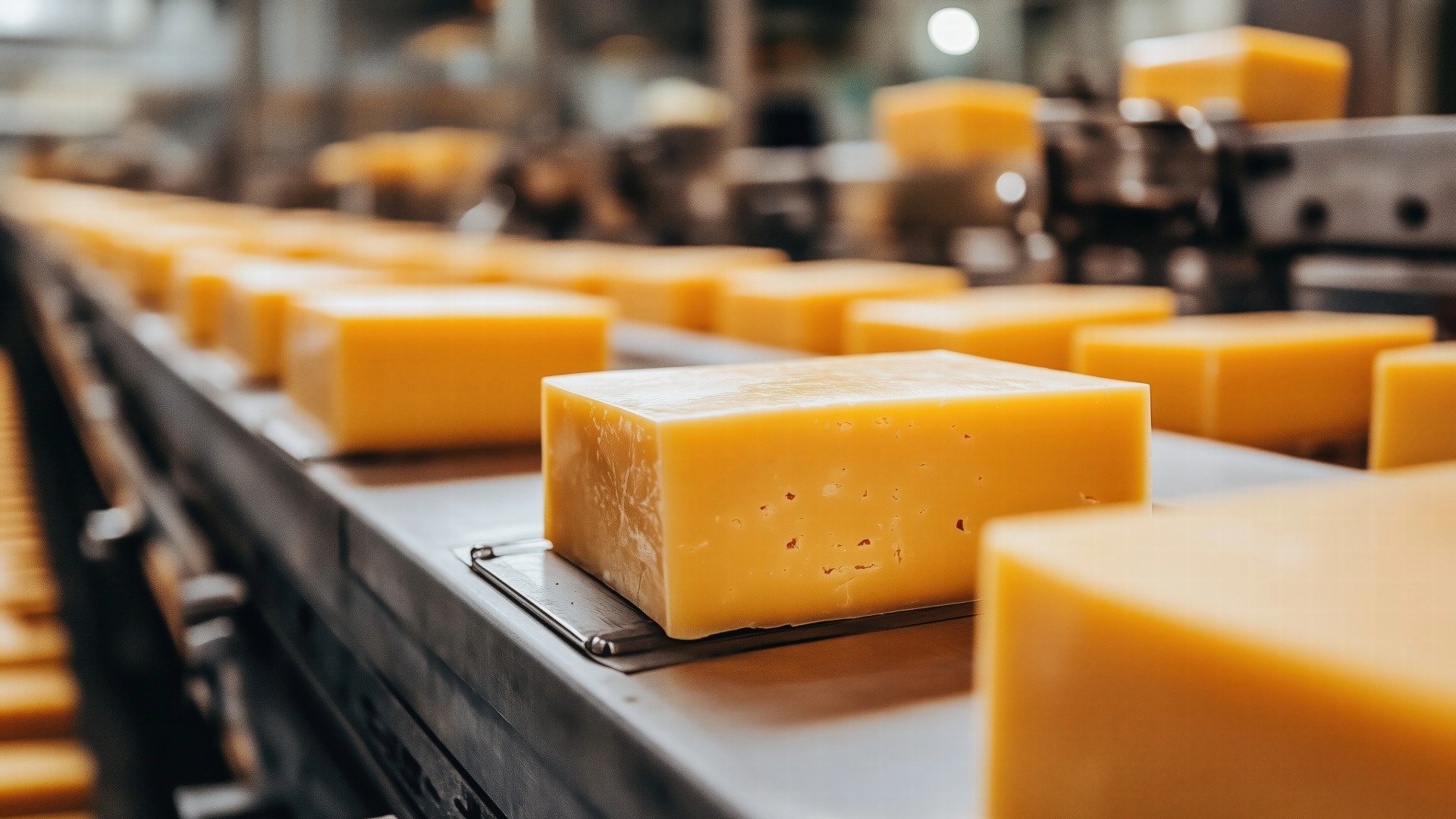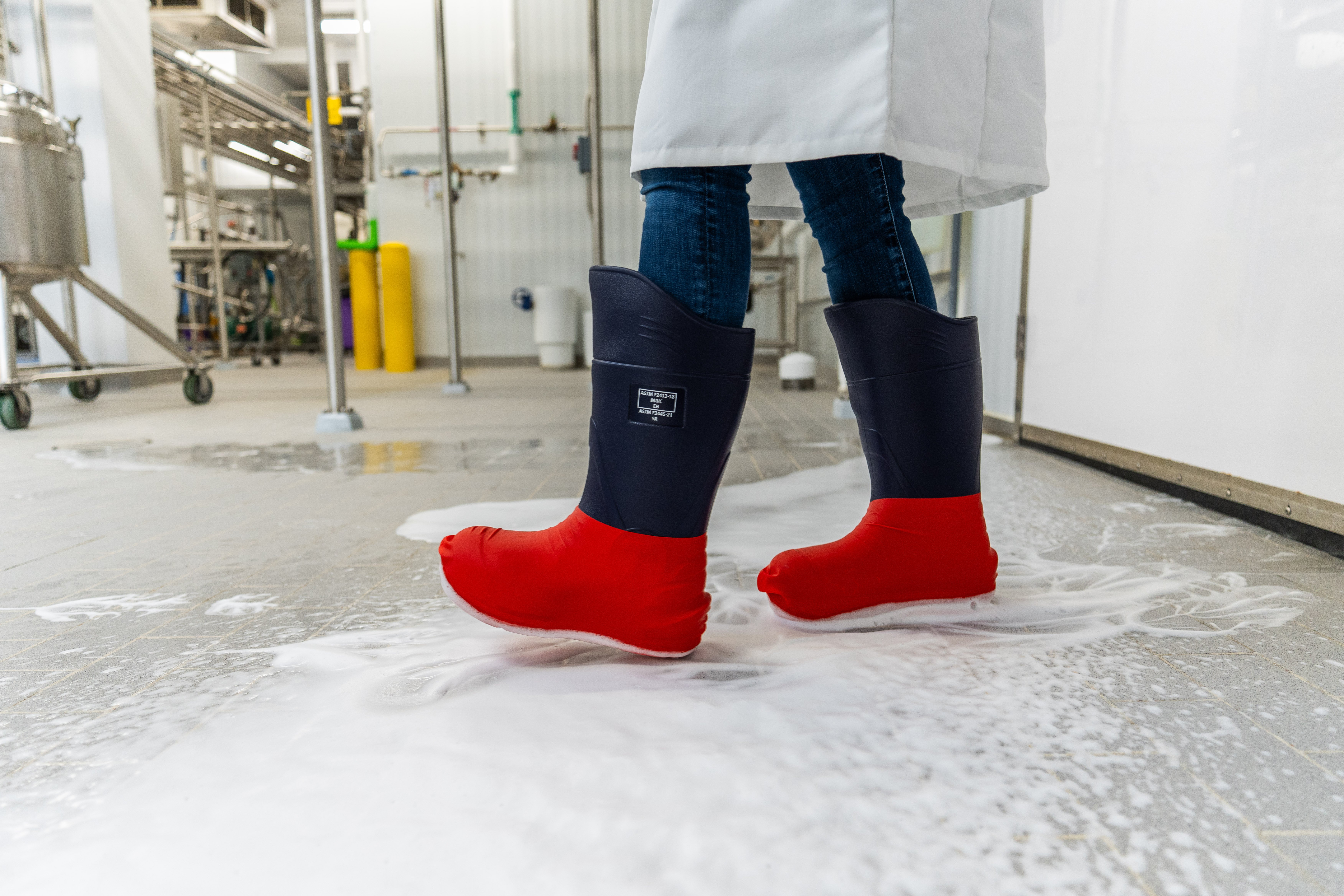
Understanding the diverse landscape of stainless steel grades is imperative, especially when catering to the specific requirements of food-related industries.
With approximately 150 stainless steel grades available today, only a select few meet the rigorous standards for food-grade applications. The 300 and 400 series steel dominate the food-grade stainless steel landscape. The 300-series, distinguished by the presence of chromium and nickel, includes notable variations like 304, widely employed in dairy, beer, and food processing due to its exceptional corrosion resistance. The 400-series, characterized by chromium dominance, encompasses varieties such as 430, notable for its susceptibility to corrosion in challenging environments. To qualify as food-grade stainless steel, the material must withstand acids, alkalis, and chlorides, ensuring resistance to caustic substances that could contribute to premature corrosion.
Explore the intrinsic properties, types, and applications of food-grade stainless steel to make informed choices for a wide range of food processing equipment, emphasizing durability, impermeability, and resistance to cracking or scratching. Additionally, delve into the significance of safeguarding against corrosion, proper cleaning methods, and the role of superalloys, particularly in scenarios involving corrosive foods. Gain insights into the distinct characteristics of various stainless steel grades, including Austenitic, Martensitic, Ferritic, and Duplex, to align your choices with specific industry needs.
There are roughly 150 different types of stainless steel grades available to use today, but only a few are durable enough to be considered food grade. Almost all of the food-grade stainless steel manufactured is from 300 and 400 series steel.
300-Series: Fabricated with both chromium and nickel, with about 18% and 8% by mass, respectively. Because of this specific formula, this steel's finish is non-magnetic.
304: The most commonly-used food grade stainless steel on the market today. It is often used in the dairy, beer, and food processing industries. The high amounts of chromium and nickel give 304 stainless steel excellent corrosion resistance.
316: Another popular food grade stainless steel. It is used more often in commercial food production as it has a better corrosion resistance than the 304 because it contains more nickel and molybdenum. This combination gives 316 increased corrosion resistance, improves resistance to pitting and chloride ion solutions, and increases strength at high temperatures.
400-Series: Contains mostly chromium that is paired with a small number of other elements. Because of this, its finish will always be magnetic.
430: Contains less nickel than the 300 series, making it more susceptible to corrosion in harsh environments. It must be dried soon after it encounters moisture to prevent rusting.
To be food-grade stainless steel, it must be able to withstand acids, alkalis, and chlorides, such as salt. If a stainless steel doesn't have this property, then these caustic materials could contribute to premature corrosion.

There are several reasons why stainless steel is the premium choice for food processing equipment.
A common mistake that is made with food-grade stainless steel is that it is cleaned with a plain steel brush. The coarseness of the bristles can easily break up the bonding oxide layer which cause cracks, crevices and rust, ultimately leading to compliance issues. Clean with non-metallic brushes and pads to prevent this premature degradation. Do not allow cleaners and sanitizers to remain on stainless steel for a prolonged period, as this will create pitting, oxidation, discoloration and compliance issues.

Depending on the type of food-grade stainless steel you are cleaning you will be able to use an appropriate method from
the list below.
Superalloys are high-performance alloys with high strength and corrosion resistance, even at high temperatures. This makes them ideal for handling caustic soda in the food processing industry. These will fall under the high-nickel group of superalloys.
| SAE Grade | Type | European Norm | Hardening/ Magnetism |
Description | Application |
|---|---|---|---|---|---|
| 301 | Austenitic | 18/8 | Cold Only/Non-Magnetic | Corrosion resistance to 304, higher strength of the 3 series, cheapest, lower heat resistance. | Screen frames, low quality kitchen pots and silverware, often rolled formed, and car wheel covers. |
| 303 | Austenitic | 18/9 | Cold Only/Non-Magnetic | Addition of sulphur makes it the best machinable grade, less corrosion resistant than the other 3 series. | Components that are heavily machined where lower corrosion resistance is ok like nuts, bolts, and gears. |
| 304 | Austenitic | 18/10 or 18/0 | Cold Only/Non-Magnetic | More than half of the SS produced, more nickel than 301 making it more suitable for complex forms. | Kitchen sinks and appliances, food processing equipment—beer brewing, milk processing, wine making. Ok for utensils but too soft for good knife blades. |
| 316 | Austenitic | 12/2 | Cold Only/Non-Magnetic | Most extensive austenitic and 2nd most used, addition of molybdenum makes it more corrosion resistant. | Food preparation, pharmaceuticals, chemical containers, good for utensils other than knife blades. |
| 430 | Ferritic | XBCr17 | Cannot Be Hardened/Magnetic | Most used ferritic, the ability to resist nitric acid attack makes it best in chemical applications, lower corrosion resistance than 304 and 316. | Fridge doors, cold-headed fasteners, inside dishwashers, fridge covers, and low quality cutlery. |
| 409 | Ferritic | X6CrTi12 | Cannot Be Hardened/Magnetic | Cheapest SS, suitable for high temps but not for corrosion resistance due to low chromium content. | Mufflers and low quality kitchen utensils. |
| 410 | Martensitic | X12Cr13 | Thermal Hardening/Magnetic | Most widely used martensitic steel due to low cost, harder than austenitic steel but corrode easier, softer than 416 or 420, but more machinable. | Bolts, nuts, screws, bushings, car parts, and industrial products. |
| 420 | Martensitic | X20Cr13 | Thermal Hardening/Magnetic | High carbon version of 410 and harder. | Better quality cutlery and knife blades, tools, chisels, and surgical instruments. |
| 440 | Martensitic | X90CrMoV 18 or X105CrMo 17 | Thermal Hardening/Magnetic | High hardness combined with good corrosion resistance makes it the highest price SS. | Highest quality for knife blades, tools, chisels, and surgical instruments. |
| 2205 | Duplex | X2CrNiMo N22-5-3 | Cold Only/Magnetic | Most used duplex, 50 percent ferrite and 50 percent austenitic results in high strength, hardness, and resistance to erosion, fatigue, and corrosion. | Marine chemical and petrochemical industries, oil and gas exploration. |
Austenitic: High levels of chromium and nickel, mostly common alloy steel.
Martensitic: Group of chromium steel containing no nickel.
Ferritic: High chromium and low carbon levels.
Duplex: Characteristics of both Austenitic and Ferritic.
We're hear to help food manufacturers protect their stainliness steel and ensure food safety in their facilities. Click here to learn more about our food safety expertise and how we can help your entire facility!
* The information is from Stazzone, Ensight Solutions, Company, Remove and Replace

Lisa is a 20-plus year food processing veteran, leading product management, delivering solutions and technical assistance.

January 2, 2026
From regulatory updates to evolving needs for operational efficiency, food processors spent 2025 adaptin...

December 10, 2025
What is OSHA's Regional Emphasis Program (REP) for the food manufacturing industry? The OSHA Regional Em...

December 8, 2025
There is a fundamental connection between worker safety and food safety: A failure in worker safety can ...